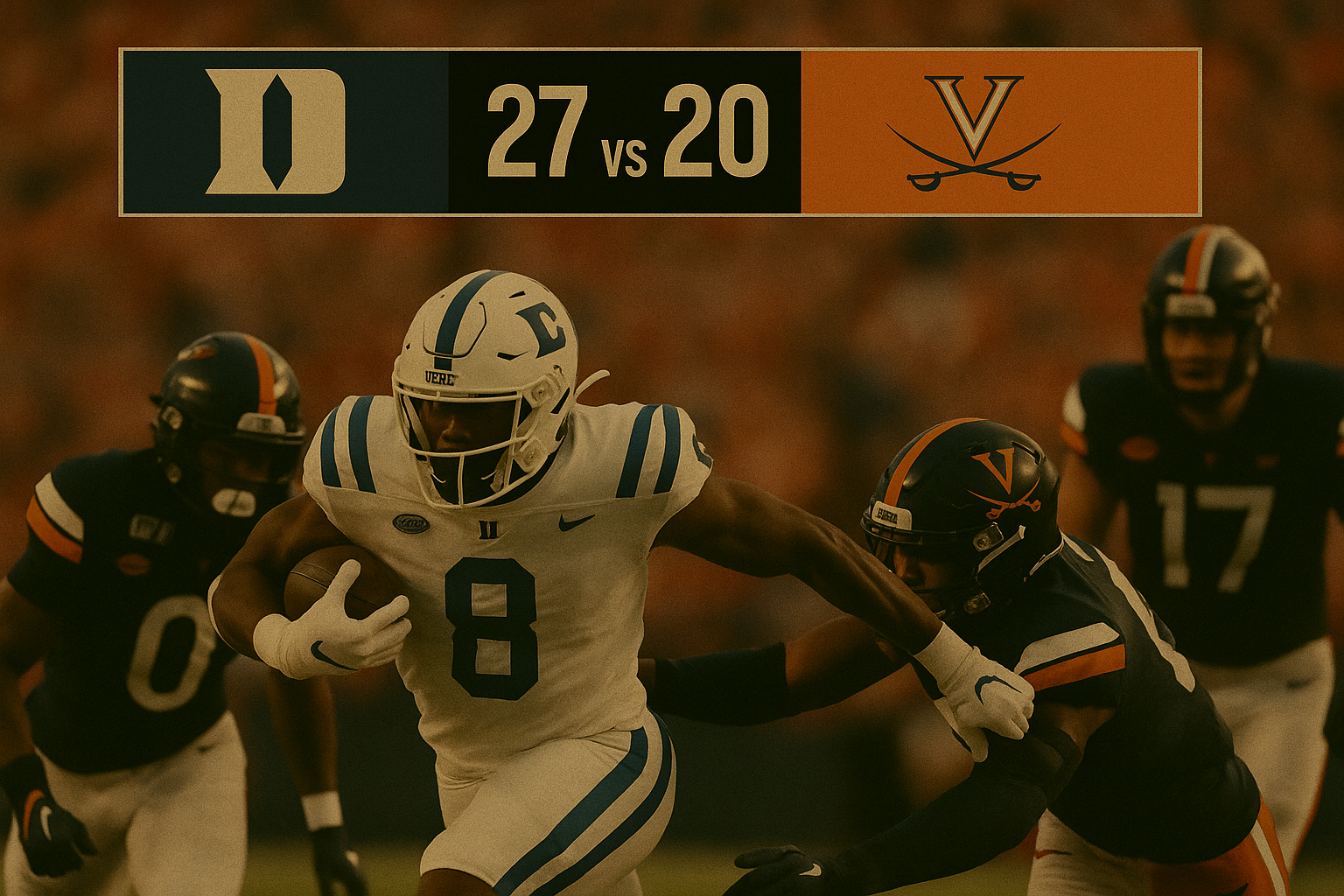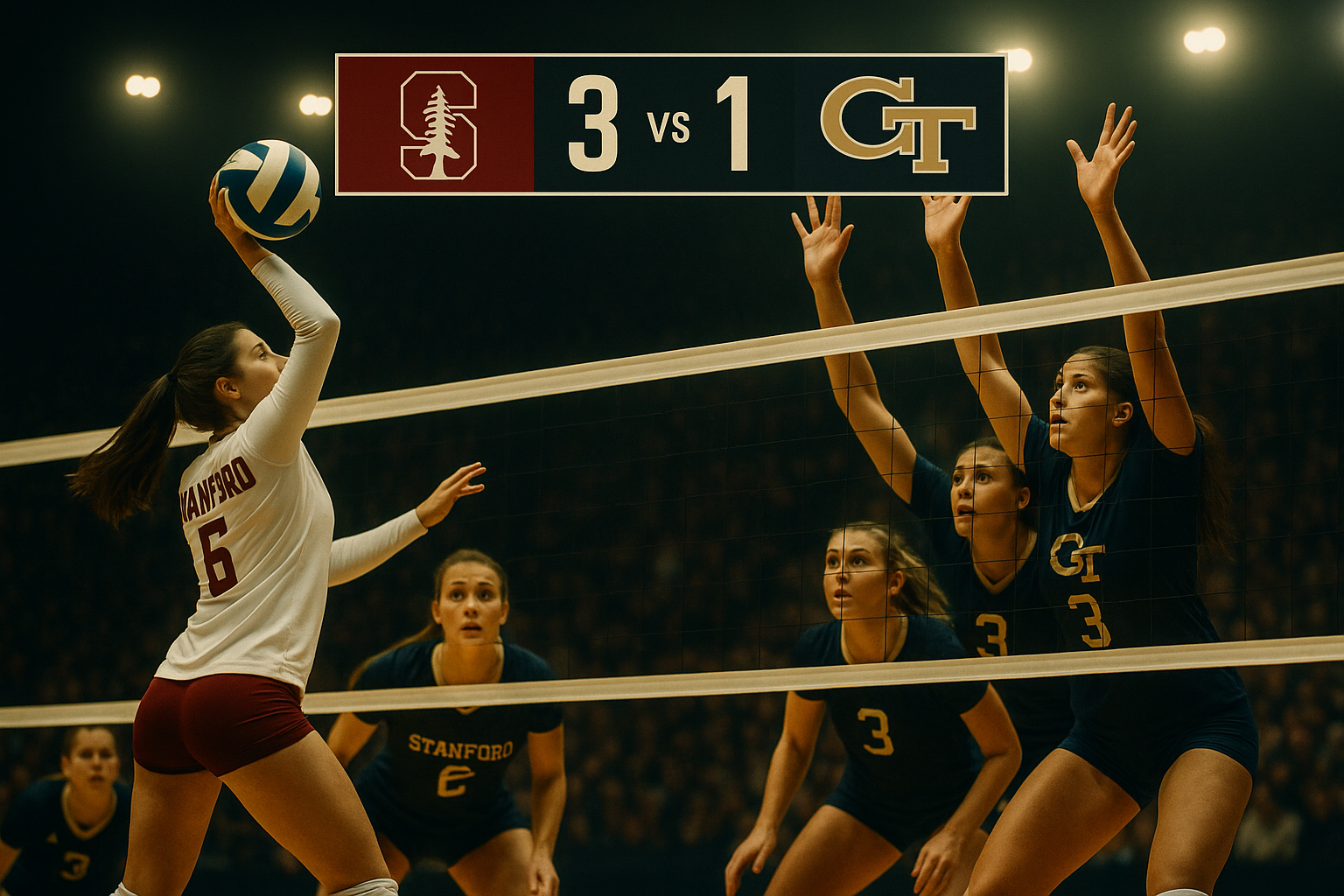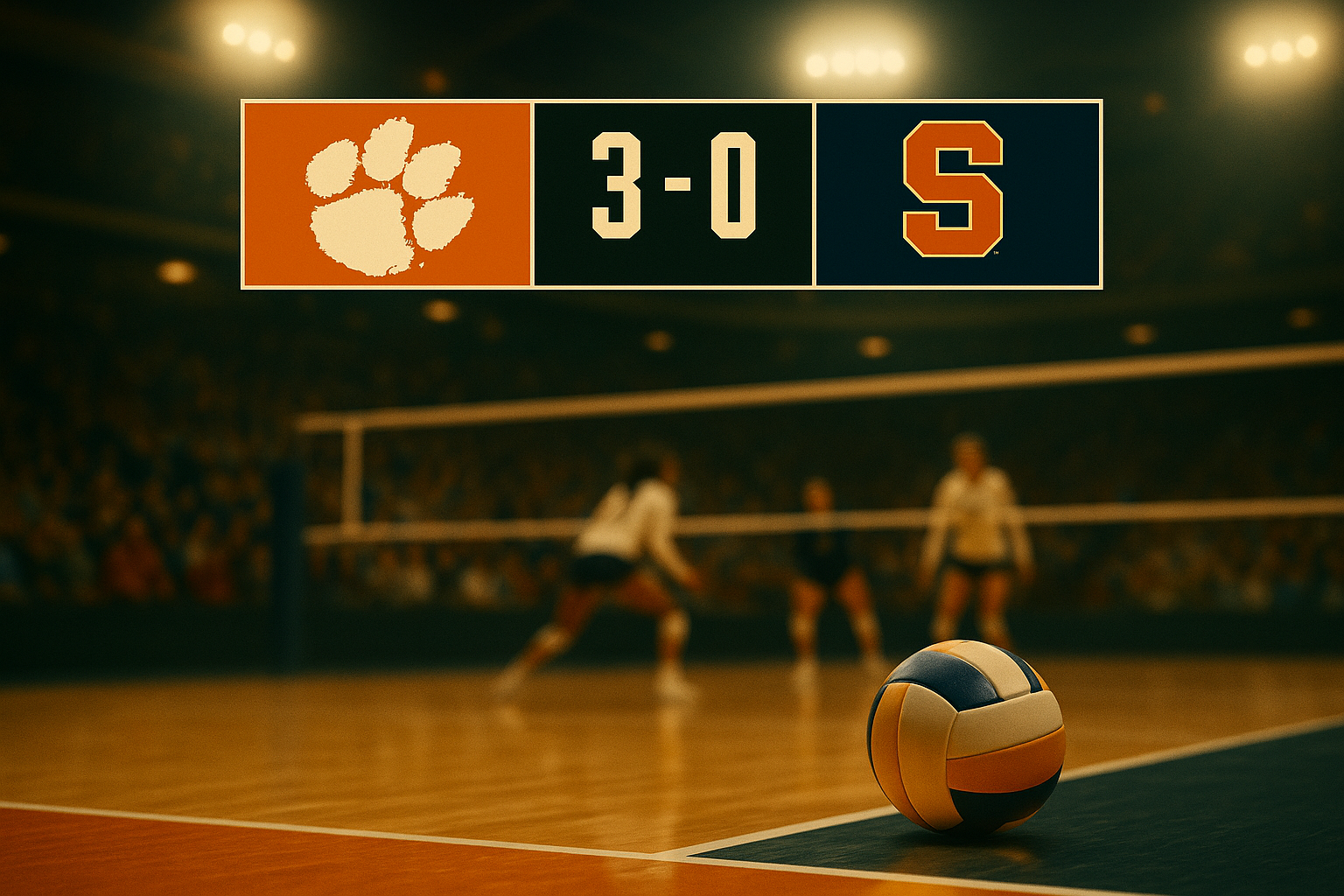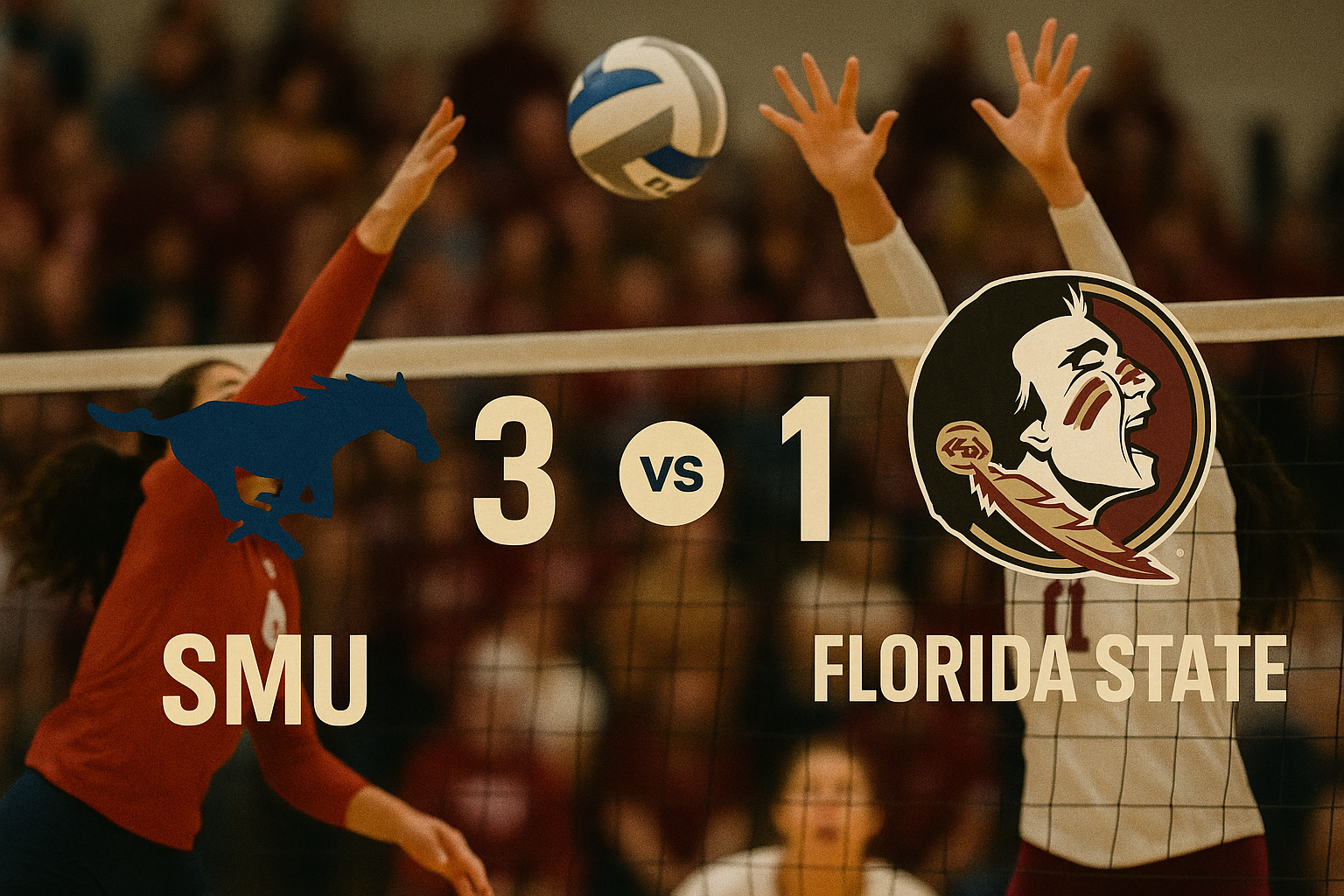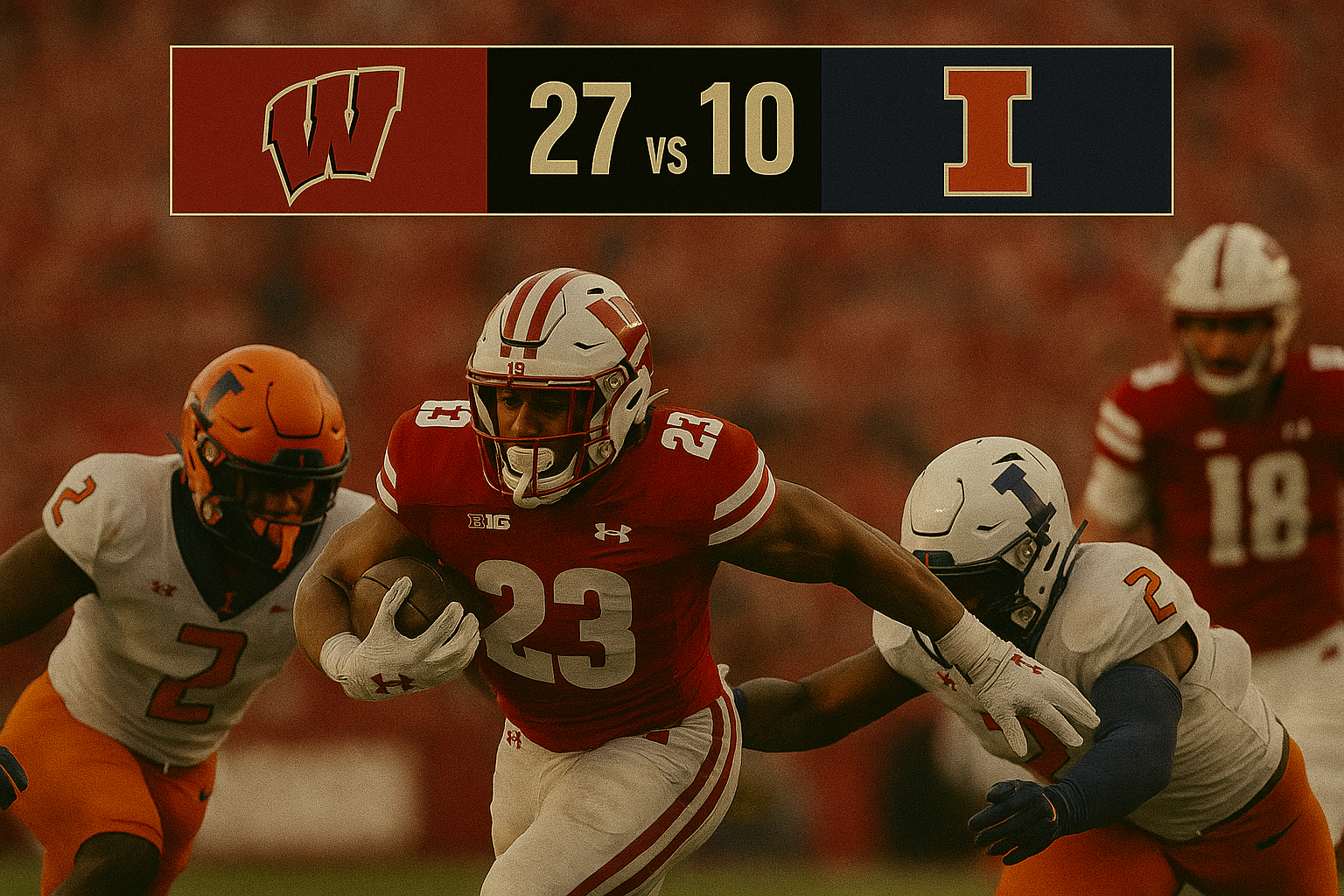New York Liberty Fend Off Golden State Valkyries in Nail-Biting Finish: 81–78 Victory on the Road
In a thrilling Wednesday night showdown at Chase Center in San Francisco, the New York Liberty held off a late comeback by the Golden State Valkyries to escape with a narrow 81–78 victory. The game was a test of resilience, as both teams battled fatigue, absences, and high stakes in front of a sold-out crowd.
Liberty Cling to Victory in Tight Fourth Quarter
The Liberty came into the game looking to bounce back from a rocky stretch in their four-game road trip. After starting the season undefeated with a 9-0 record, New York had lost three of their last four games. However, their tenacity showed on the court as they fought to protect their standing at the top of the Eastern Conference.
WNBA MVP Breanna Stewart led the charge for the Liberty with 23 points and 10 rebounds, displaying her usual mix of scoring ability and leadership. Kennedy Burke stepped up with a much-needed 20-point performance off the bench, helping compensate for the absence of key starters due to injuries and international commitments.
Sabrina Ionescu, returning from a neck injury, struggled from the field, going just 1-for-11 overall. Yet her contributions down the stretch were instrumental. In the final two minutes, she hit seven crucial free throws and added a game-saving steal with just 26 seconds left, demonstrating why she remains one of the league’s clutch players even on an off night.
Kate Martin Shines Bright for the Valkyries
The Golden State Valkyries, now in their inaugural WNBA season, continued to prove they belong among the league's rising contenders. Rookie sensation Kate Martin scored a career-high 21 points, including 12 in the final five minutes. She led a late 9–2 run that gave the Valkyries a brief lead, and her confidence from beyond the arc energized the home crowd.
Though Golden State ultimately fell short, Martin’s poise and scoring instinct in key moments suggest she could be a foundational piece for the young franchise moving forward. Unfortunately for the Valkyries, they couldn't find scoring from any other player during the final six minutes of the game. Kayla Thornton and other backcourt options struggled to get open looks against Liberty’s aggressive defensive rotations.
The loss drops Golden State to 7–7 on the season, breaking a two-game winning streak. Still, the team remains above .500 at home, holding a 5–3 record at Chase Center. Their play continues to draw support, with the team selling out its eighth consecutive game.
Injuries and Absences Test Liberty’s Depth
The Liberty were already missing major contributors, including star forward Jonquel Jones, who suffered an ankle injury in a previous game against Phoenix, and Leonie Fiebich, who is representing Germany in the EuroBasket tournament. The loss of two core defenders and rebounders added pressure on Stewart and Burke to produce on both ends of the floor.
Despite being shorthanded, head coach Sandy Brondello emphasized the importance of mental toughness and staying the course. The team continued to show grit under pressure and composure during key moments late in the game.
Stewart delivered in a crucial stretch, putting her stamp on the game with a go-ahead bucket, a block, and defensive stops that halted the Valkyries’ momentum in the closing minutes. Her leadership, even beyond scoring, guided the Liberty to a clutch road win.
What’s Next for Both Teams
The Liberty, now 11–3, continue their Western road trip with another tough matchup against the Phoenix Mercury. That game will test New York’s depth again, especially since Phoenix handed the Liberty an 89–81 loss just last week. Liberty fans will hope for a healthier lineup soon as the team looks to maintain its position among league leaders.
The Valkyries, meanwhile, will return to action against the Chicago Sky in what promises to be another high-energy game at Chase Center. With center Temi Fágbénlé back from EuroBasket, Golden State will look to improve its interior defense and rebounding — two areas exposed in this latest contest.
Final Takeaway
Wednesday night’s contest highlighted the growing competitiveness of the WNBA. A powerhouse like the Liberty can still be challenged by a talented expansion team like the Valkyries — especially when young players like Kate Martin rise to the moment. As both franchises move deeper into the season, fans can expect more battles like this — where games come down to the final possession, and every play counts.
